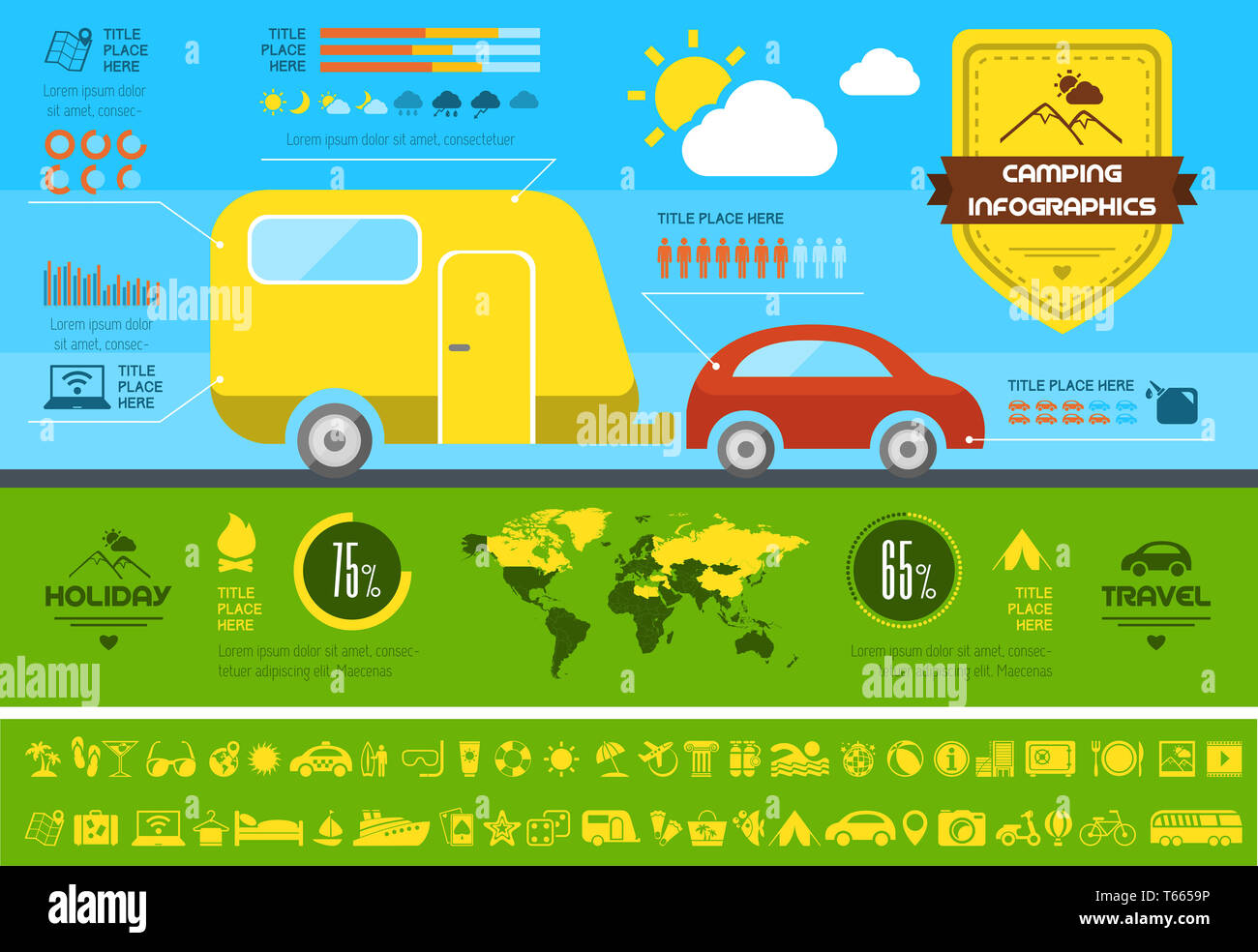Managing A Lucrative Online Camping Tents Empire By Selling Camping Tents
Managing A Lucrative Online Camping Tents Empire By Selling Camping Tents
Blog Article
Does Your Backpacking Tent Need a Footprint?
A footprint is expensive and includes additional weight to your backpack. It likewise isn't especially long lasting.
What is the lightest one person tent?
Ultimately, whether or not a camping tent footprint is needed depends upon where and exactly how commonly you're camping. As a whole, it's an excellent concept to make use of one if you camp on unpleasant surface areas or in damp problems.
Tents with Lower Deniers and Waterproof Ratings
Tents with lower deniers and waterproof rankings often tend to be lighter, yet they can additionally be extra breakable. They might call for even more frequent repair work and have less indoor room than harder designs. If you're a laid-back backpacker who likes to travel rapid and light, this may be fine; however, more seasoned walkers understand that compromising sturdiness can include huge repercussions down the trail.
The denier and water-proof ranking of an outdoor tents's canopy, rainfly, and floor can aid you establish its livability. Try to find higher-denier textiles on the cover and rainfly, along with taped joints that aid protect against water from leaking with stitches. Some makers even utilize warm and sealer throughout building and construction to develop a stronger seam; these are called welded joints.
The livability of a tent can also be determined by its floor dimensions and capacity. A tent's flooring need to be somewhat smaller sized than the footprint to prevent water from merging under the sanctuary.
Camping Tents in Rough Terrain
Numerous backpacking tents include an impact made particularly for their design, which assists guarantee a proper fit and protects the outdoor tents's base from dampness and sharp things. Other producers market global impacts that can be cut or folded up to match a camping tent's dimensions.
The sort of surface you'll come across is another crucial consideration for picking an outdoor tents. For example, if you'll be camping in a canyon or gully, look for a sanctuary that can deal with solid winds. These problems create disturbance that can make the distinction between appreciating your campground or enduring pain.
The capacity and optimal height of an outdoor tents give you an excellent idea of its livability, yet extra elements to consider consist of vestibules (the section of the rainfly covering the doors) and total storage area. As an example, throughout our winter screening of the Marmot Tungsten, its generous 93-by-82-inch flooring quickly dealt with four perspiring backpackers and their puffier shoulder season resting bags while still leaving ample space for gear and individuals.
Tents in Damp Conditions
Even if your outdoor tents appears completely dry, wetness prowls in the nooks and crannies. Gradually, it can degrade the textile. That's why it's so essential to take advantage of day of rest to deep-clean your tent and its elements, such as zipper cellular linings, stake loops and flexible webbing straps.
Additionally, ensure to pitch your outdoor tents in a flat location, not a divot or concave spot, to ensure that ground water doesn't gather between the camping tent flooring and footprint or tarpaulin. And if you're using a footprint, take into consideration a custom-cut one developed for your outdoor tents's floor plan. It will not collect rain the way a generic ground cloth or tarpaulin can.
Practice establishing and taking down your camping tent in the house before you took off, to get a feel for exactly how promptly and efficiently you can do it. Additionally, practice scouting your outdoor tents in different terrains to see just how easy it is (or isn't) to do in bad climate condition.
Tents in High-Rise Situations
Camping tents vary in floor dimension and livability. As an example, a large camping tent with twin doors and vestibules like Marmot's Tungsten can handle 4 backpackers without calling for gymnastics to get in and out or to save equipment.
The minimum path weight requirements is the best spec to compare versions, as it consists of the bare fundamentals: camping tent body, rainfly and posts. But bear in mind that the specification excludes camping tent risks, guy lines and stuff sacks.
A lot of backpacking outdoors tents can hold up to a light summer storm, yet some can be swept away by gale-force gusts. Look for a design with solid posts, a raised bathtub-style floor and joint taping gifts for camper owners to lower the chance of water seeping with. Costlier layouts also have a tendency to include more powerful materials that can withstand the effect of particles and various other forces.
Does touching a tent make it leak?
